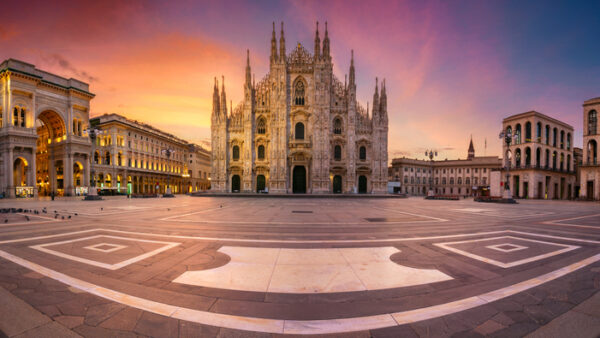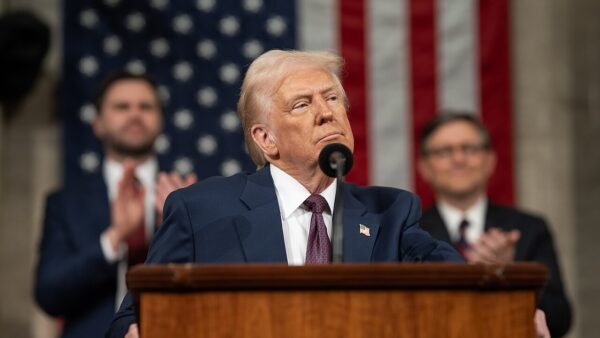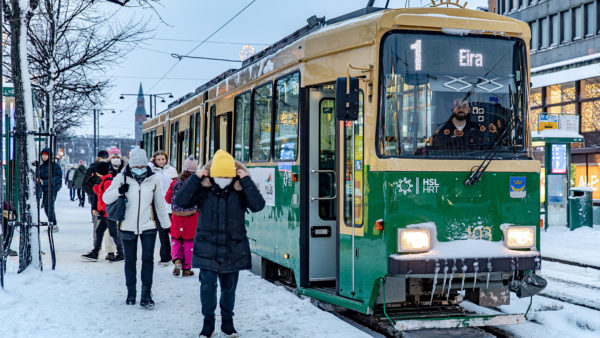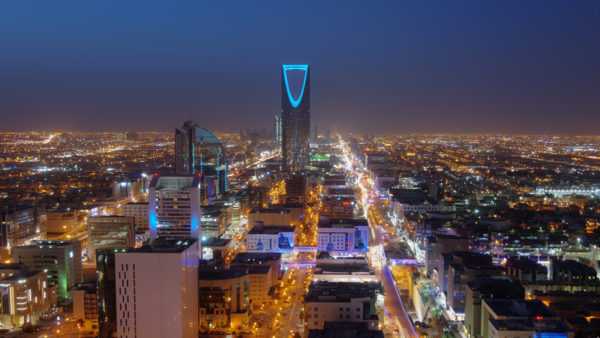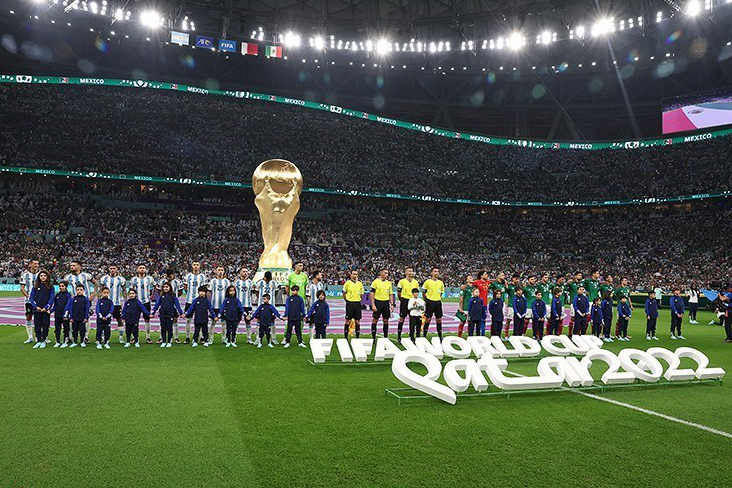
Qatar’s World Cup Finals were generally thought to have been one of the most successful of modern times. Over the 29 days of the competition, more than 1.4 million visitors were, with a minimum of fuss, accommodated, transported, fed and entertained – no mean feat given that the normal population of the country is only 2.7 million.
The entertainment element was, of course, provided by the games, which ended in the most exciting final in the history of the tournament.
For the rest, the credit must go to the infrastructure that Qatar has put in place in the 12 years between winning the right to stage the cup and the extraordinary goal-scoring contest between Argentina’s Messi and France’s Mbappé, held on the country’s national day.
To find out how this was achieved, and how the Gulf country is planning to make the most of the cup’s legacy, Global Construction Review talked with Mohamed Sahli, a member of the Supreme Committee in overall charge of staging the event, and now US consultant Hill International’s country manager for Qatar.
Vision 2030
Sahli came to Qatar in 2004, 12 years after he obtained his civil engineering degree from Portland State University. He witnessed the state’s transformation from sleepy backwater to the sleek, ultra-modern urban showpiece that is today’s Doha. He has also participated in that process, first as a senior project manager on Hamad International Airport, later as a member of the Supreme Committee that oversaw Qatar’s vast programme of work to prepare for the World Cup.
“I worked for the committee for nine years, supporting them in the planning process, all the way to helping with the cup itself,” he says.
Qatar’s National Vision 2030, first outlined in 2008, aimed to create “an advanced society capable of sustainable development” while retaining the country’s culture and curating its heritage.
When the World Cup came along two years later, Sahli says, it was a catalyst for that process.
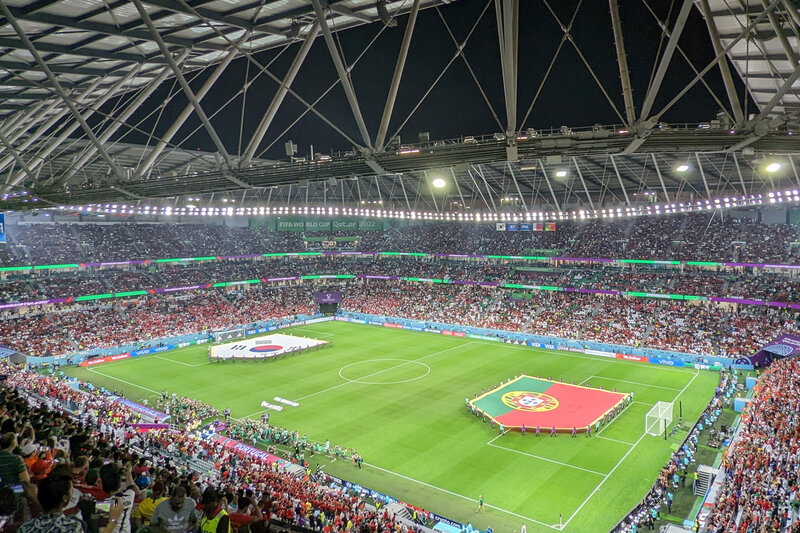
“The infrastructure and the transport plans were already in the 2030 vision, but the World Cup provided a deadline to complete the metro and rail network. Altogether, 190km of rail was built over three to four years. It was very challenging. Most of the Doha sections are underground, and outside they’re elevated. The result was one of the world’s state-of-the art networks. And the roads were widened – sometimes to five lanes in each direction.”
This meant that during the games, you could watch three matches a day, moving between stadiums in as little as half an hour.
The stadiums
Not included in the 2030 plan was eight big stadiums.
“So, from day one, we considered how to repurpose them,” Sahli says.
“Some were completely dismantled. The 974 stadium, for example, was built mainly from shipping containers, and a lot of its materials were recycled and the seats will be sent to other countries, probably in Africa. That leaves us with a prime site by the sea between Hamad airport and the corniche. This will be turned into a water business district with leisure activities.”
Other stadiums will keep their facades – many of which have symbolic and sentimental value for the Qataris. Sahli says the Education City Stadium will be turned into educational facilities, with research labs. The Al Bayt stadium in Al Khor, which looks like an Arabian tent, will have a five-star hotel and a shopping centre, and discussions are underway about adding a hospital to the lower level.
Some will remain as they are. Lusail Stadium hosted the final, and will become the country’s national ground: a feature of Lusail City. “When I arrived in the country, Lusail was just sand,” Sahli says. “I was in a meeting there today – if you drive through you will see one of the nicest cities in terms of urban planning and quality of life.
The stadium is next to Lusail Boulevard. On the day of the final, this area was used to hold national day celebrations in the daytime, followed by the legendary game in the evening. This will be converted into a community hub with shopping and homes.
Lessons learned
Lusail will also be the centre of Qatar’s plans to capitalise on what it has learned about staging large international sporting events. The aim is to become a hub for the Middle East, North Africa and Asia.
Sahli says that this expertise was gained by hosting a number of tournaments before the World Cup, such as the 2021 Fifa Arab Cup.

“After the success of the World Cup, Qatar has become much more confident that they understand the industry and this will give them an edge for future events,” Sahli says. The AFC Asian Cup is to be held there this year, and the country is planning to make a bid for the Olympic Games.
One card, many uses
The basis of this ambition is the transport network, but other innovations have also been developed. In particular, Qatar developed the “Hayya Card” – a smart card that allowed visiting fans to enter the country and move around it with the minimum of fuss.
“It was used in Russia during the 2018 World Cup,” Sahli says, “and we borrowed the idea and improved it. It acted as a visa, so that when you arrived at the airport, your profile was already in the system. It allowed you free transport on the metro and bus, allowed entry to all city attractions, and all the tourist information you needed was on the card.”
Other measures developed by the Supreme Committee were a large park-and-ride area by Qatar’s border with Saudi Arabia, and the docking of three ships in Doha Port to act as floating hotels hosting more than 10,000 people.
Behind the scenes, ordinary Qataris went out of their way to help fans move around. About 80% of government employees worked from home during the tournament, schools were given a month-long holiday, and construction projects using main roads were suspended.
What now?
In the seven years to 2030, Qatar plans to extend the systems it has put in place. The rail network will be expanded from Doha to Al Khor in the north and to Al Waqra to the south.
A committee has been formed to oversee the construction of a high-speed rail link between Qatar and Saudi Arabia, intersecting with the Gulf Cooperation Council line that will run from Kuwait to Oman. However, it is doubtful if this will be completed before 2030.
Further reading:

